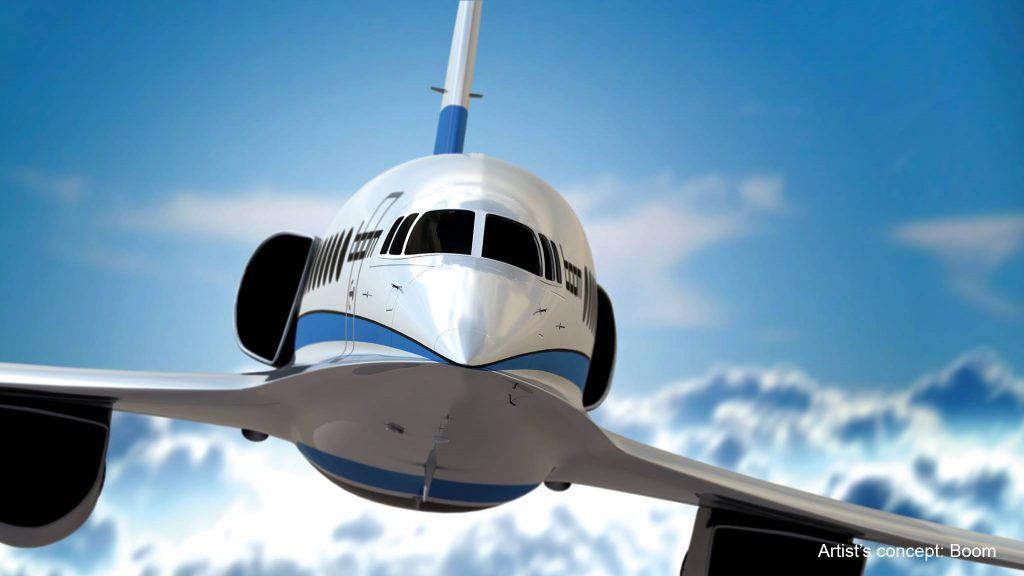The return of supersonic commercial flights moved a step closer after the US Federal Aviation Authority (FAA) proposed new rules for take-off and landing noise standards.
The seemingly innocuous Notice of Proposed Rulemaking (NPRM) is a significant step forward for the potential re-introduction of commercial supersonic aviation, which ended with the Concorde’s retirement in 2003.
In an announcement released on 30 March, the FAA said that the regulation, “modifies and clarifies existing regulatory procedures to obtain FAA approval to test supersonic aircraft”.
“The US Department of Transportation and the FAA are committed toward the safe and environmentally-sound research and development of supersonic aircraft,” said FAA acting administrator Dan Elwell.
“We are confident in the next generation of aviation pioneers who want to open new opportunities for business, economic, and aviation growth.”
In recent years, new developments in manufacturing, design and noise-reduction technology have brought the idea of supersonic travel back into the limelight.
Many companies both inside and outside of the US are investing heavily in the concept.
Colorado-based start-up Boom Technology, for example, expects to flight test the XB-1 Baby Boom this year. The demonstrator aircraft is designed to hold Mach 2.2 (2,300 km/h), and achieve over 1,000 nautical miles of range.
The company’s Overture model, which is a proposed full-scale 55-passenger aircraft, is planned for introduction in 2025.
The narrow-body model has received strategic investment from Japan Airlines, and holds an option to purchase up to 20 of the aircraft once ready. Virgin Group has a similar option on 10.

Designs are similar to the Concorde and have maintained the iconic delta-wing configuration. Inside, the Overture is also configured in an all-business, direct-aisle seating arrangement.
The Concorde was introduced to service 1976, flying regular trans-Atlantic services covering London, Paris, New York, Washington DC, and Barbados.
It targeted a similar all-business market, offering luxury and speed travel to the ultra-wealthy. However, the design project overran estimates by nearly double and ticket costs soon proved prohibitive – in 1997, the round-trip ticket price from New York to London cost 30 times the cheapest available option.
The cutting of maintenance funding to Concorde by parent company Airbus, the crashing of Air France 4590 in 2000, as well as the downturn in demand for air travel associated with the September 11 attacks in 2001, all contributed to the Concorde’s retirement in 2003.










